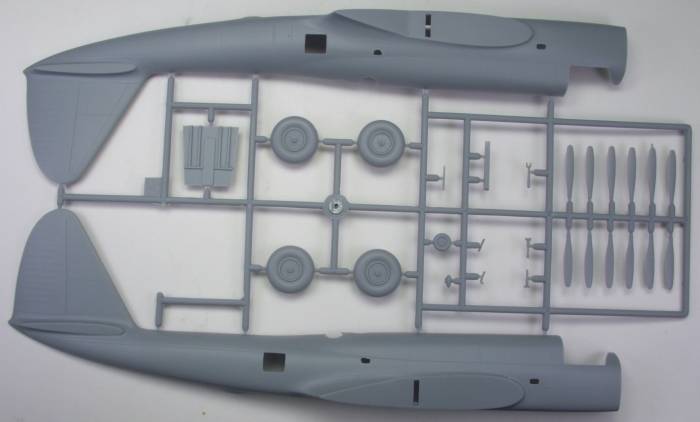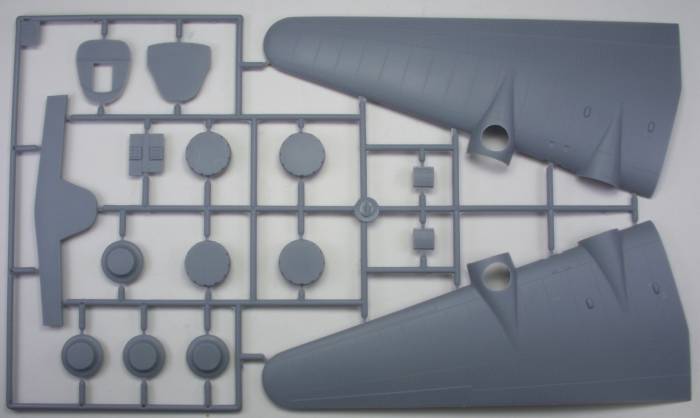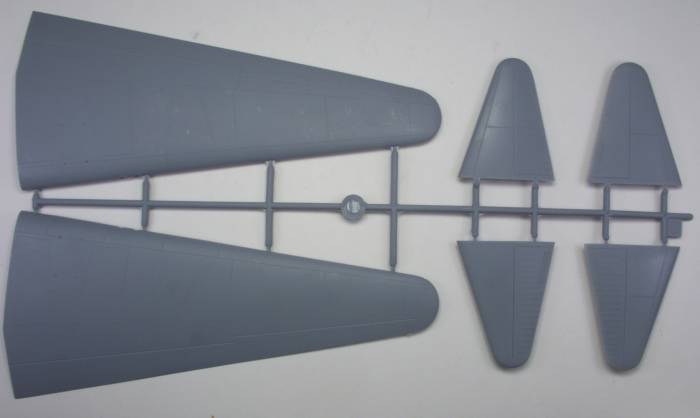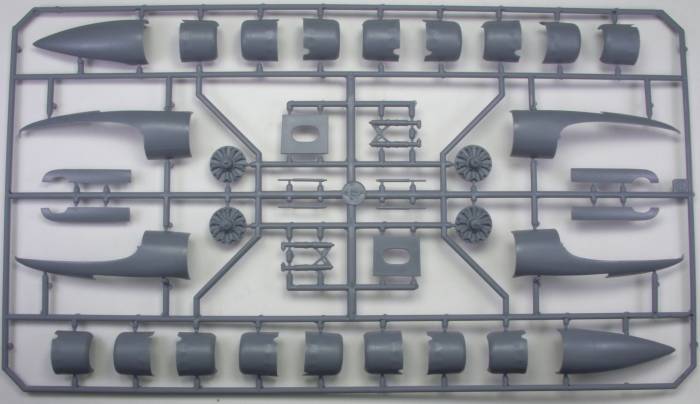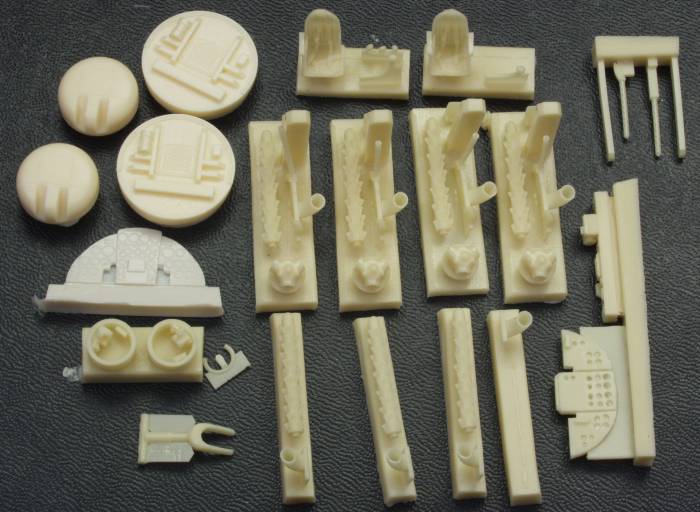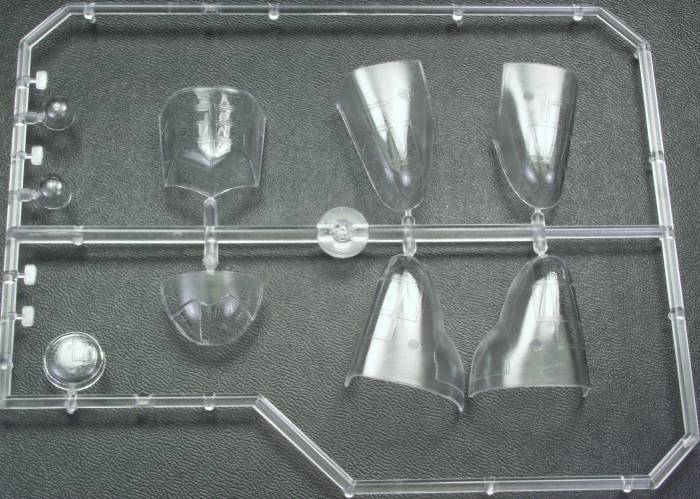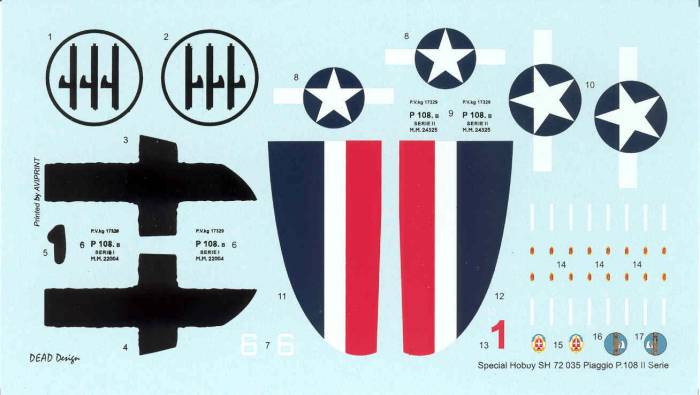 Piaggo P.108B
Piaggo P.108B


As a result of the advanced development work carried on by Piaggio during the 1930's the company had the distinction of building the only four engine heavy bomber to be employed by the Regia Aeronautica during the Second World War. Although the production figures were insignificant compared to the number of heavy bombers built by the United States and Great Britain, The P.108B was an excellent machine bearing a strong resemblance to the B-17, but differing greatly in detail. The prototype flew in 1939 powered by four 1500 hp, eighteen cylinder engines. An outstanding innovation was the use of two wing mounted turrets, each with two 12.7-mm machine guns operated by remote control from sighting domes atop the fuselage. Two additional 12.7-mm guns were in the nose and semi-retractable ventral turrets, while two more guns were operated from lateral hatches, making a total defensive armament of eight weapons, extremely heavy by Italian standards. The maximum bomb load was 7.720 lb. Alternatively, three torpedoes could be carried.
So successful was the prototype that an initial batch of twelve pre-production machines was followed by substantial orders (by Italian standards) were placed and 163 aircraft were eventually produced. The P.108B's took part in night raids on Gibraltar, having been fitted with flame dampers on the exhausts and having the nose turret removed. The surprise had a great effect psychologically as it was not know at that time that Italy possessed bombers with that range. The P.108B later served in the North African and Russian theaters and in all operations over the Mediterranean Sea. At the end of the war only three P.108B's survived. Large numbers were lost during wartime operations although it's open to debate whether the majority were lost due to enemy action or to possible failures of the bombers themselves.
The Kit
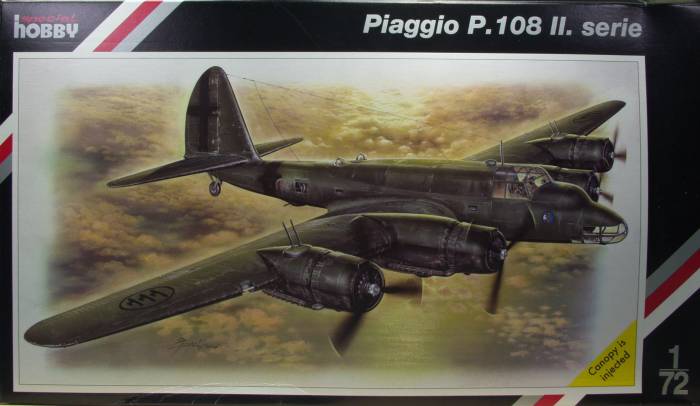
The Special Hobby Piaggo P.108 comes in one of their standard end flap boxes that everyone loves to hate. On the front of the box is nice artwork of the aircraft in flight. Inside the box is one bag which contains all of the parts except for the resin parts which are bagged separately in a zip lock bag. The clear parts are injection molded but were mixed in with the rest of the injection molded parts, never a good thing but in my kit they were unscathed. The parts are molded in a dark gray plastic and feature recessed panel lines. The panel lines are uniform and typical size wise for the scale. The surface has a matte finish but is quite smooth and I found no sink marks or other surface irregularities on any of the parts. There was some minor scuffing on the parts from shipping.
